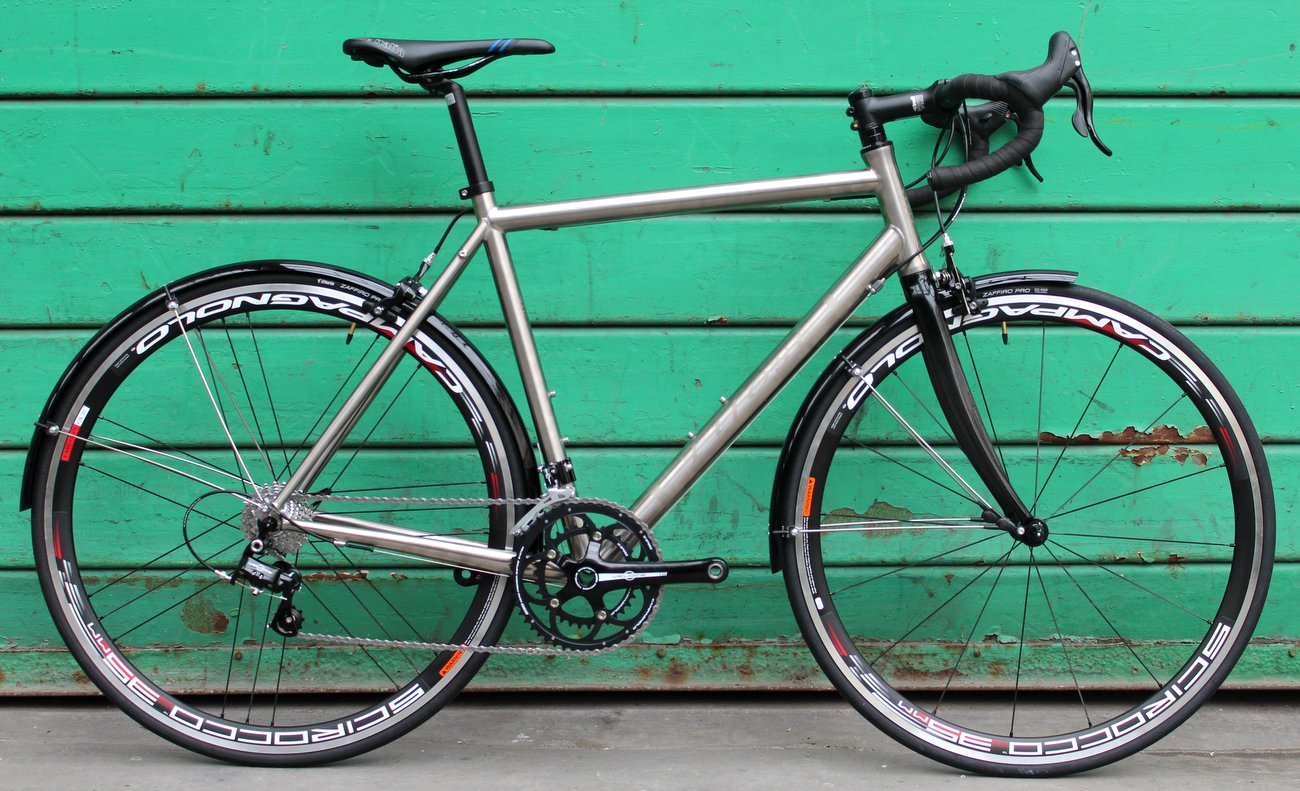Par for the course
Denied an Alps or Dolomites to play with, the organisers of the Tour of Qatar face an admittedly tough challenge in planning a race that will deliver anything other than bunch sprints. The crosswinds that have become the signature of the race offer some hope to those not so endowed with fast-twitch muscle fibres as their rivals, but as Tom Boonen has become as brilliant at riding in an echelon as he is in the sprint, the outcome has become equally predictable.

With a time trial the one hope to riders with different gifts, and the sole source of hope at Qatar to those needing to make anything more than marginal gains, it’s hard to see why the ASO has positioned it in the middle of the race and not on the final stage. If, as expected, Niki Terpstra, a useful rider against the clock, gains sufficient time on his closest rivals to build an unassailable lead, who but the diehard fan will be interested in the outcome of stages four, five, and six?
By making the time trial the denouement, however, non-sprinters might retain hope and attack the road stages with greater enthusiasm in the belief that all remains to play for. And by suspending the final outcome to the final stage, the fans might remain interested too. Last week’s Dubai Tour provided an object lesson in the danger presented to continued interest by making the decisive stage the first. By making it the third, the ASO, vastly more experienced in the desert than the RCS, has improved matters little.





